
- Home
- News
- Analysis
- States
- Perspective
- Videos
- Education
- Entertainment
- Elections
- World Cup 2023
- Features
- Health
- Business
- Series
- Economy Series
- Earth Day
- Kashmir’s Frozen Turbulence
- India@75
- The legend of Ramjanmabhoomi
- Liberalisation@30
- How to tame a dragon
- Celebrating biodiversity
- Farm Matters
- 50 days of solitude
- Bringing Migrants Home
- Budget 2020
- Jharkhand Votes
- The Federal Investigates
- The Federal Impact
- Vanishing Sand
- Gandhi @ 150
- Andhra Today
- Field report
- Operation Gulmarg
- Pandemic @1 Mn in India
- The Federal Year-End
- The Zero Year
- Premium
- Science
- Brand studio
- Home
- NewsNews
- Analysis
- StatesStates
- PerspectivePerspective
- VideosVideos
- Entertainment
- ElectionsElections
- Sports
- Loading...
Sports - Features
- BusinessBusiness
- Premium
- Loading...
Premium
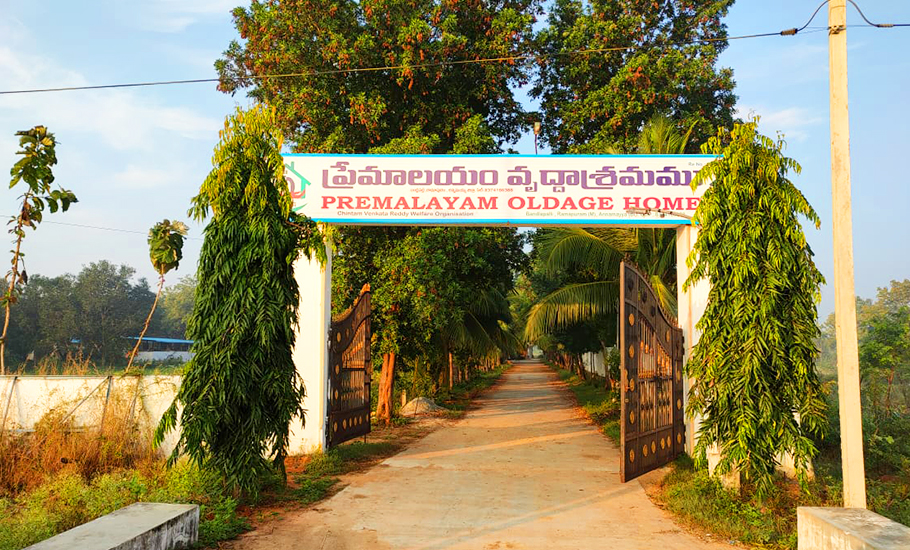
How Premalayam sprouted in drought-prone Rayalaseema

With rain only a frequent visitor, Andhra Pradesh’s Rayalaseema is an arid, drought-prone area. Even as rain has deserted Rayalaseema, poverty has sadly and completely embraced it. With governments showing scant regard for the region and people deserting it in search of greener pastures — quite literally — many have missed the sprouting of Premalayam (abode of love), created with care...
With rain only a frequent visitor, Andhra Pradesh’s Rayalaseema is an arid, drought-prone area. Even as rain has deserted Rayalaseema, poverty has sadly and completely embraced it. With governments showing scant regard for the region and people deserting it in search of greener pastures — quite literally — many have missed the sprouting of Premalayam (abode of love), created with care for those left behind, so old that they cannot join those leaving the drought-hit, poverty stricken region.
While passing by the National Highway 340 — that connects Kadapa town in Andhra Pradesh to Bengaluru in Karnataka — it is easy to miss a metal board with Premalayam written in Telugu and English fixed on two tall pillars.
Erected against the backdrop of tall trees before one enters Rayachoti town, the board prima facie is an insignificant landmark. Those who notice it may dismiss it as the signage of a missionary institute or a college. The fascinating story behind what the board represents can be known only if one passes through it keeping prejudices aside.
Premalayam is an old age home for the poor but not created with a view that people must walk in and wait to cross over to the other side of life, vacating a bed or a chair for the next one to join the ‘waiting room’. Premalayam instead resembles the hostel of a private educational institute, with a clean campus, spacious rooms with proper ventilation and a spick and span, hygienic dining hall. The facility, run by a family trust with little help from individual donors, houses people who were left behind when their families moved to cities looking for jobs. Alone and infirm, many turned to begging for food.
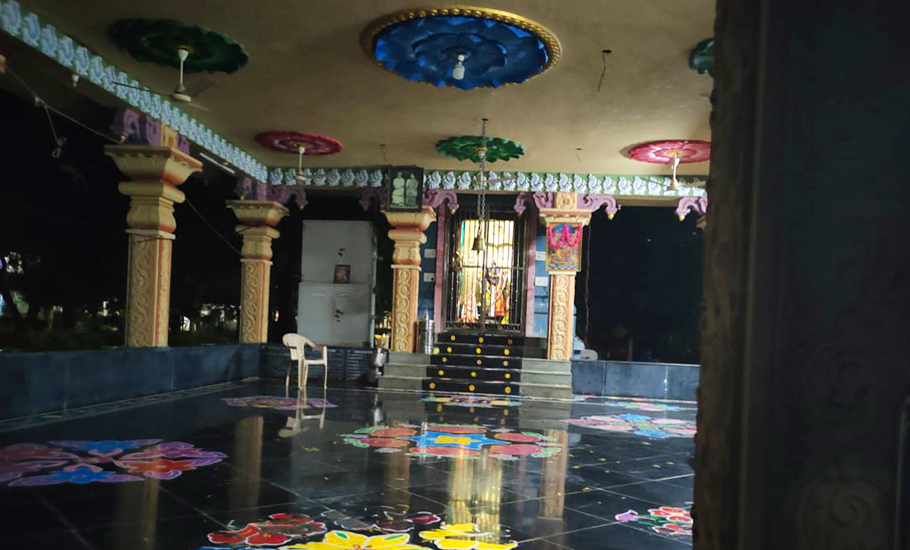
About 80 elderly people inhabit the sprawling five acre lush farm with an unbelievably serene atmosphere. The vruddhashramam (old age home) is a two-storey building with 38 rooms and two dormitories. All rooms have attached washrooms. Care is taken to make life comfortable for the inmates with convenient cots and beds arranged nicely for the elderly to rest.
CVR Welfare Organisation, the trust that manages the ashram, is planning to replace the cots with hospital-like beds to ensure those suffering from urological problems are taken care of.
Wherever required ramps are constructed for easy movement and a lift also exists in the building. Television sets are arranged for entertainment in the corridor. Cultural, spiritual and social programmes are regularly organised to drive away the feeling of loneliness and keep inmates constructively engaged. For believers, a temple also exists on the campus.
Most of those who live at Premalayam hail from agricultural backgrounds. They come from all religions and while some pay to stay, they do not get any special treatment. Everybody has to eat in the same dining hall and use the same resources.
Located 7 km from the Rayachoti, district headquarters of the newly established district Sri Annamayya, Premalayam sprouted in the drought-hit area due to the effort of a middle-class retired government employee, Chintam Venkata Reddy, who served as the former president of Andhra Pradesh non-gazetted officers association (APNGO), in 2007.
Reddy was appointed member of Andhra Pradesh Public Service Commission when YS Rajasekhara Reddy was the chief minister.
Reddy’s motivation
Coming from an agricultural family, Venkata had closely watched the plight of families dependent on agriculture in the region. He had been harbouring the idea to do something that would ensure a long-term solution for the inhabitants of the region. “The thought that an old-age home was the best option given the precarious nature of livelihoods, which forces people to leave in search work, leaving their elderly family members behind, struck my father,” said Chintam Mandhusudan Reddy, son of Venkata Reddy and president of the Trust, CVR Welfare Organisation which manages the ashram.
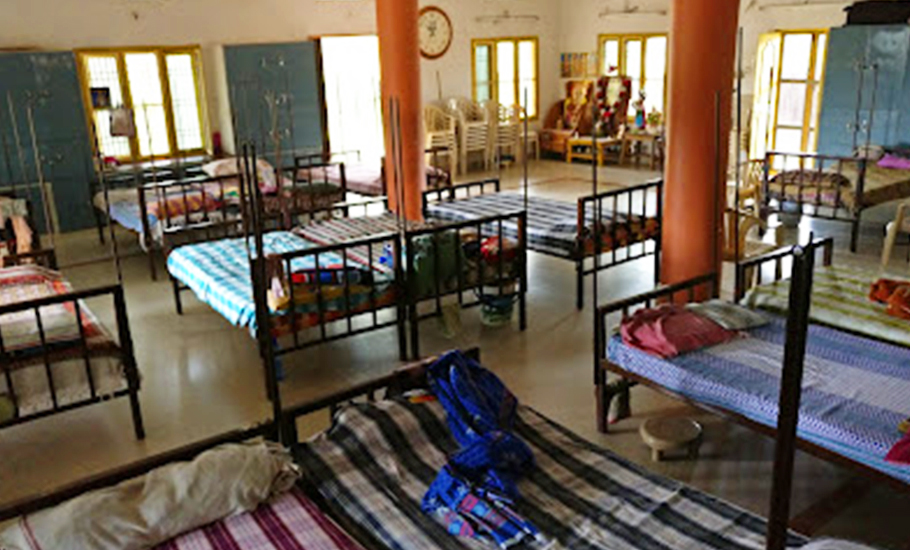
Rayachoti falls in the drought-prone region of Rayalaseema where migration to far-away places in search of livelihood is common among the poor and marginalised during droughts.
The sight of completely deserted villages stands testimony to the problems being faced.
“During droughts, due to the lack of employment, farm labourers and small and marginal farmers migrate to far-away areas in search of livelihood. They leave the old people behind who mostly live by begging. Moved by their pitiable condition, my father had thought of helping them. Though the problem was humongous and ubiquitous in the Rayalaseema’s four districts, he wanted to start an old age home in a humble way for the people living in villages around Rayachoti taluk,” said Neeraja Reddy, daughter of Venkata Reddy and vice-president of the Trust.
According to Neeraja, it was after a long-drawn struggle that the old age home took shape.
“The idea was to not take donations to construct the centre. Convinced of the lofty ideal of Venkata Reddy, a friend, Peddireddy Gangireddy pitched extended help by giving a five acre plot. Gangireddy is now the Trust’s secretary. This was the starting point. Later, my father mobilised family resources to the tune of Rs 1 crore to construct the building in 2007. The process took three years and the building was ready by 2010. But working capital posed a major hindrance. Unfazed, he spent all money at his disposal to run the institution,” she said.
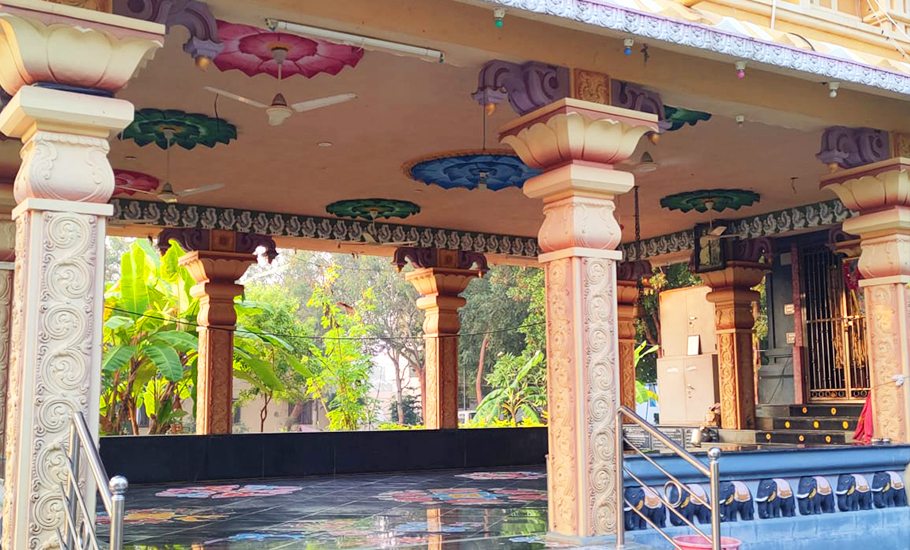
“Initially, there was a plan to collect a nominal fee from the inmates, but later the idea was abandoned because my father realised a lot of people will never be able to stay if a fee was charged,” she shared.
Life at the ashram
Life begins early at the ashram. People wake up early, some exercise, some go for walks, while some visit the temple. At 8 am, they gather in the dining area for breakfast after a bell rings to inform the inmates that it is time for food.
Lunch is served at 12.30 pm and dinner at 7.30 pm. All inmates walk up to the clean and tidy dining hall. The daily menu of the breakfast is displayed on the wall of the dining hall. Hot sumptuous meal with two vegetarian curries, rasam and butter milk is the regular fare.
Non-vegetarian food is available three days a week. Chapatis are offered for dinner at times.
Special meals are provided whenever donors sponsor. The ashram is so popular in the region that people regularly sponsor either breakfast, lunch or dinner to commemorate their late parents and grandparents. A few sponsor food on occasions of birthdays and wedding anniversaries as well. Those who want to be permanent donors join the scheme of Sampoorna Saswata Annadanam by donating Rs 1,00,00 as a one-time-payment. Under this scheme, meals are provided to the inmates on the day suggested by the donor.
“On the special day chosen by the sponsor a puja would be performed on the name suggested by the donor. In his memomy, a special meal is served with family members of the donor as guests. A video of the entire proceeding is presented to the donors,” Annagari Subbaiah, the coordinator told The Federal.
Given that various ailments afflict old people, the ashram ensures regular health check ups.
According to Subbiah, a retired Government Degree College principal, inmates’ health is monitored regularly with the help of 104 Services offered by the state government. “The volunteers from the 104 health support scheme visit the old age home once in a week or two to check the BP and sugar levels of inmates. If consultation is needed, inmates are taken to hospital in Rayachoti town. A vehicle for the transport of patients is always kept ready,” Subbaiah said.
Expansion mode
When the ashram began in 2010, it had 15 inmates who were housed in rooms on the ground floor. As the word on the quality of the management spread, there arose a need to expand. As more elderly looked at the old age home to live in, more donors opened their purses to help. And so the first floor with 18 rooms was built with donations. Given the steady flow of inmates, the Trust is considering adding another floor to the building.
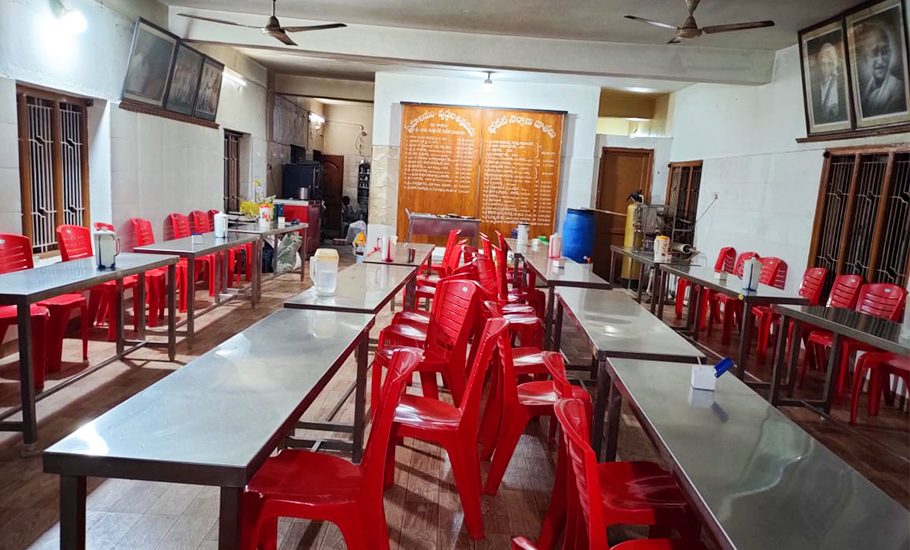
Those living at the ashram consider it home.
“I have no children. There was no support from the relatives. So, I scouted for a decent old-age home. Finally I found Premalayam. I am paying Rs 3,000 per month. Here, I not only feel secure and but also find myself in a family-like atmosphere,” Srinivas Reddy, a retired Indian Air Force employee, said.
Narayanamma, a retired nurse who has been at the ashram since its inception, shares a similar experience.
“These days, old people like me do not get proper attention. This generation doesn’t understand the needs of the old and infirm. So, I made this old-age home my permanent home,” Narayanamma, who for some time acted as treasurer of the trust, said.
Poverty coupled with differences in the family forced farmer-couple Tatigutla Reddnna and Chennamma to take shelter in ashram. Surrounded by people of their age, with proper food and care, the couple says they finally began to live without a sense of insecurity at the age of 75 after landing at the ashram. “We are not paying anything for our stay here. We have been staying in the ashram for nine months. So far we have not faced any issue,” they said.
“Though the ashram has started admitting retired employees without any family support with a monthly fee of Rs 3,500, there is no hard and fast rule to collect. It is left to them. We take as much as they pay. There won’t be any discrimination between paid and free inmates,” Neeraja said.
In 2021, Venkatareddy died of cancer. Three years ago, when he found it difficult to oversee the ashram because of the failing health he had entrusted the responsibility to Subbaiah, his childhood friend and a retired principal of a government college. In no time Subbaiah, who was an inspiring physics lecturer in the 1970s and 1980s, endeared himself to the inmates. The transition was seamless and smooth and his presence as the coordinator elevated the image of the Premalayam.
The ashram is working towards achieving self-sufficiency. It has a kitchen garden and many cows. This helped the ashram function smoothly even during he Covid-induced lockdown with no shortage of vegetables and milk.
Dr Sanka Deleep Chakravarthy, a Rayachoti surgeon working in Chennai, was all praise for the old age home.
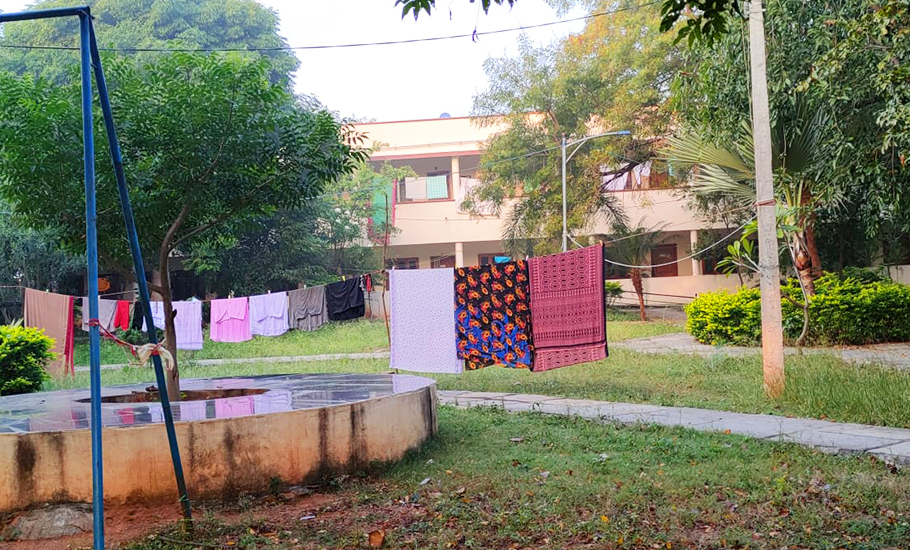
“I hear a lot about the old age home and the quality of life there. It is so popular in our area that whenever a wife and husband quarrel in the family they invariably hurl a threat that they would better join Premalayam than put up with quarrelsome life at home,” Dr Dileep said.
With Premalayam functioning smoothly, the trust is planning to replicate the model in other areas of the state too. Given the crisis of poverty and desertions deepening in the region, the mushrooming of the branches of the old age home could go a long way in ensuring a dignified life for scores of elderly.

